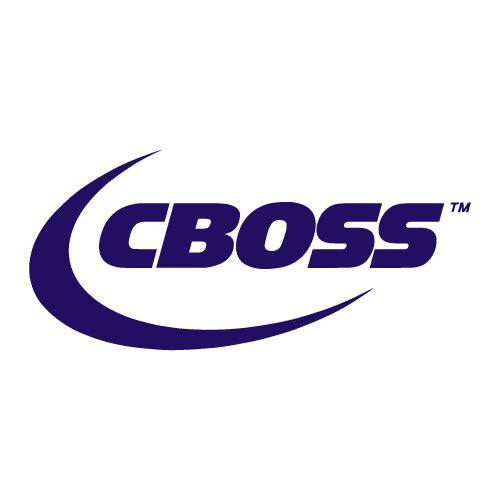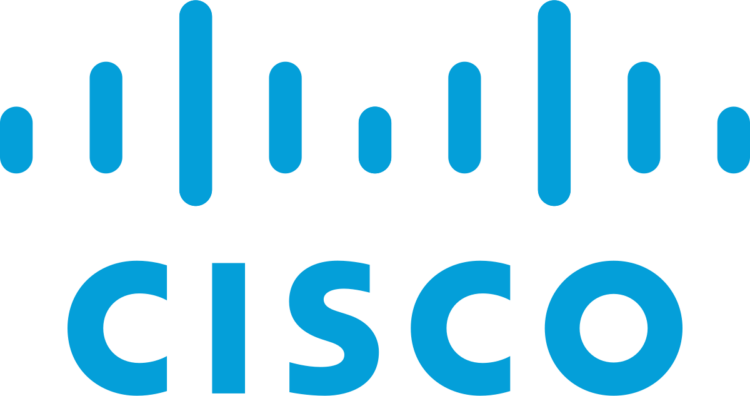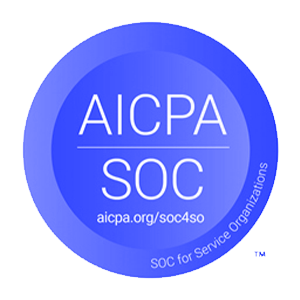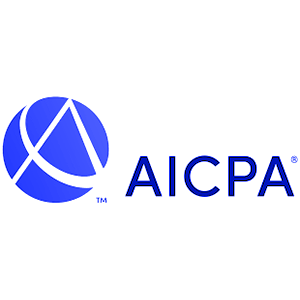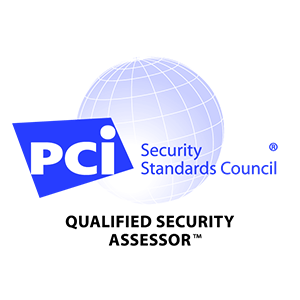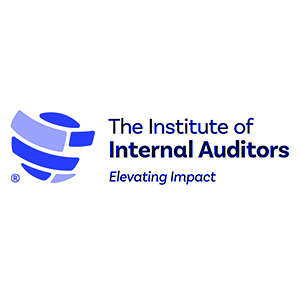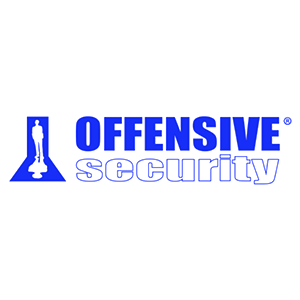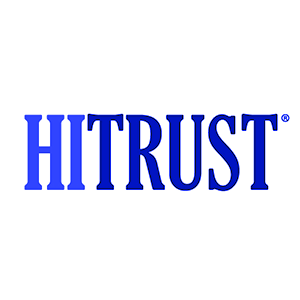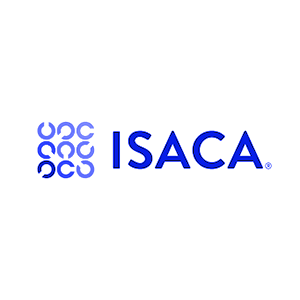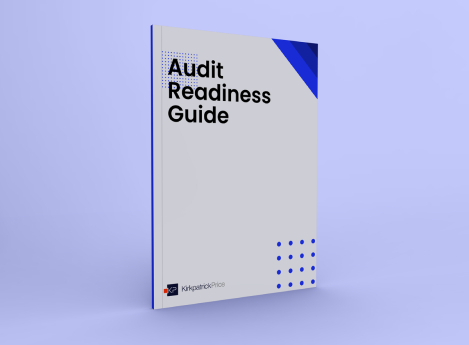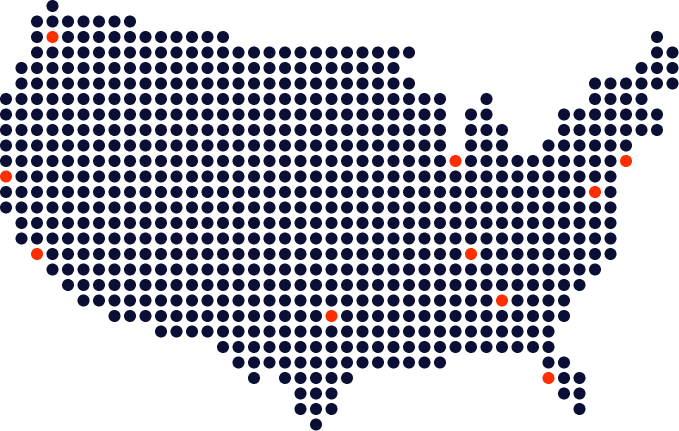
HITRUST Assessment Certification
Getting certified is hard. We’ll make sure you’re successful.
HITRUST Assessment Certification
HITRUST is a certifiable framework that provides organizations with a comprehensive, flexible, and efficient approach to regulatory compliance and risk management.
Obtaining HITRUST Certification enables organizations to meet the needs of clients, to stay competitive in their market, and to enhance their security posture.
HITRUST CSF FAQs
-
What are the different types of HITRUST assessments?
HITRUST has two types: self-assessment and validated assessment. Choosing what type of HITRUST assessment to do can be a daunting task, especially when an organization is doing this audit for the first time. HITRUST assessment options include:
SOC 2 Type II with HITRUST Mapping – A SOC 2 Type II with HITRUST CSF mapping is an assessment that came from a collaboration between the AICPA and HITRUST. This assessment culminates in a SOC 2 report that includes a table that maps the selected Trust Services Criteria to HITRUST controls.
SOC 2 Type II with HITRUST Criteria – A SOC 2 Type II audit can be performed using the HITRUST controls and criteria instead of the Trust Services Criteria. In this case, the organization still receives a SOC 2 report, not HITRUST certification.
SOC 2 Type II and HITRUST Certification – When a SOC 2 Type II report and HITRUST certification is required, organizations have the ability to combine these two audits into one effort. At the end of the audit process, the organization receives both a SOC 2 Type II audit report and HITRUST validated report.
HITRUST Self-Assessment – A HITRUST self-assessment is a great way to begin your HITRUST compliance. This option is your own evaluation and attestation of your organization’s compliance, completed in 90 days, and culminating in a report.
HITRUST Validated Assessment (Certification) – A HITRUST validated assessment is performed by an approved Assessor, like KirkpatrickPrice. Validated assessments include a HITRUST self-assessment in which you answer questions and attest to your compliance, followed by an Assessor validating your controls against what you have said is in place, and HITRUST granting certification.
-
How much does a HITRUST assessment cost?
Pricing for HITRUST assessments depends on scoping factors, including the number of applicable HITRUST requirement statements, applicable regulatory factors, complexity and size of the physical and technical environment, previous HITRUST history, the assessment type, third parties, number of records held, and if the assessment is combined with any other audits. Pricing will also vary based on the assessment and report type you choose, inclusion of a gap analysis, or inclusion of additional remediation time.
-
How long does a HITRUST take to complete?
The average HITRUST engagement can take anywhere from weeks to months, depending on your level of preparedness and staff’s availability for interviews and control demonstration. To satisfy the requirements for a HITRUST engagement, the auditor must validate scope, perform testing procedures, and document conclusions. These steps require time from the service organization’s management, which can be compressed or extended to meet your timeline needs. You can save time by leveraging the Online Audit Manager to maintain the audit evidence you need for compliance.
-
How long is a HITRUST report valid? How often does a HITRUST assessment need to be performed?
A HITRUST validated report is valid for two years, but what sets the HITRUST apart from other frameworks is that the audit process isn’t a one-time engagement. It’s a continuous work-in-progress to maintain compliance. Recognizing this, part of the HITRUST certification process includes an interim assessment, a review that takes place exactly a year after the initial HITRUST validated assessment takes place.
-
Where can I find more information about HITRUST audits?
We offer a comprehensive HITRUST video series that dives into various aspects of the HITRUST audit process.
Including videos like:
How to Navigate HITRUST Controls?
How are HITRUST Controls Scored?
Understanding HITRUSTWe’ve created these videos solely to educate, inspire and empower organizations to greater levels of assurance. We hope you check out this series and takeaway expert advice, training, and guidance to elevate your security and compliance efforts.
Explore our HITRUST Video Series here: HITRUST Compliance


